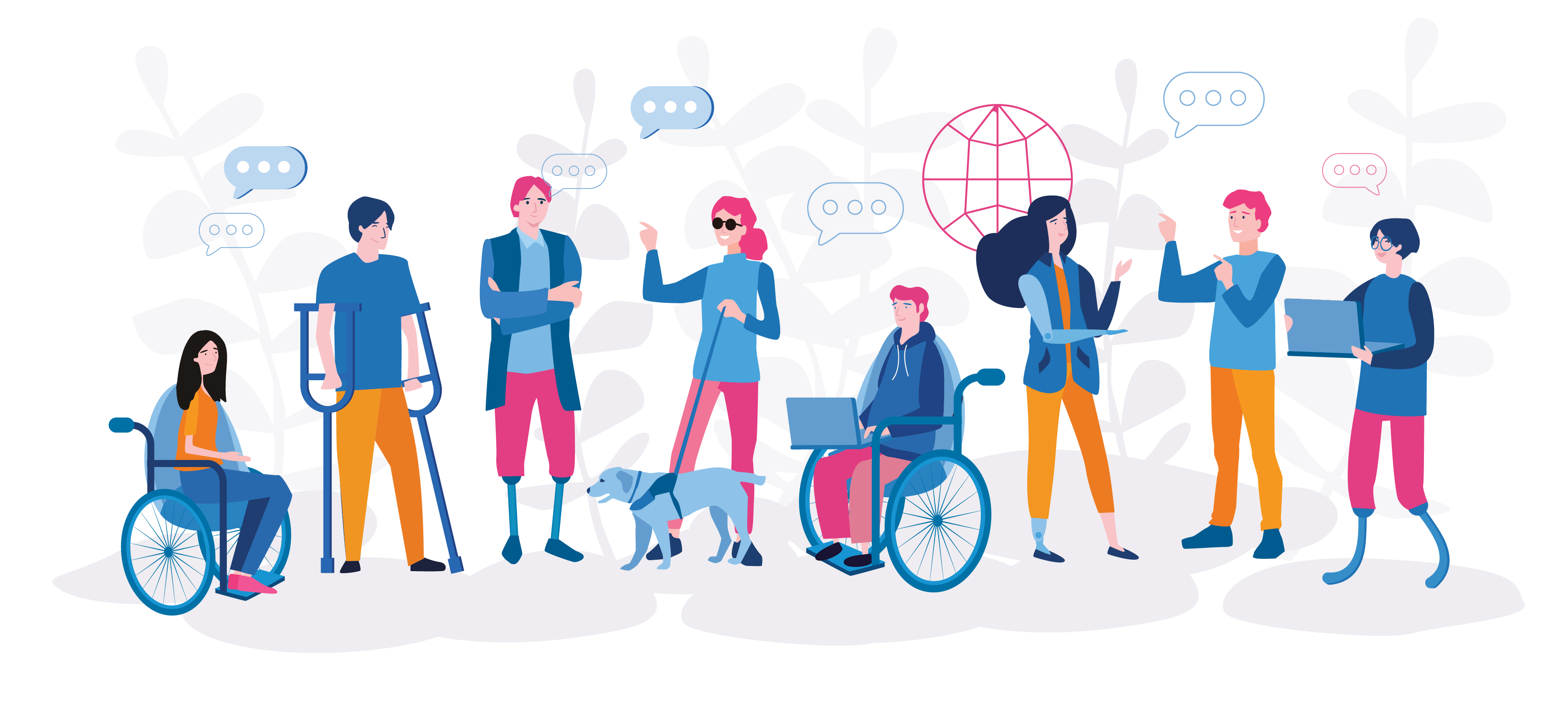Inclusive design is a way create a product while incorporating the needs of different people. This is to continue improving on modern design where we need to understand that there is less and less things in society that is a one size fits all. The idea of inclusive design will improve user experience through an open minded approach to design a product with diverse needs. Some of the inclusion design methodologies mentioned in this week’s lecture was:
- Recognition exclusion: biased solutions
- Solve for one, extend to many: universal designing
- Learn from diversity: user centered design

In my opinion, this solution to move away from a one size fits all approach is very important for modern users. This might be due to the fact that users these days having much higher standards and requirements to the products they consume. In addition, if your product is tailored to fit one group of users and not all users, the rest of the users will have a poor experience with the product. Ultimately making people stop using it. In terms of the design, it should be user centered. Thus, there needs to be end user involvement in the process of creating any sort of product that will eventually be consumed by users. Additionally, there needs to be more than a few end users in the designing process as they have their own needs but cannot represent an entire community. This can also reduce the biases when designing because there are more people involved. An example of a completed product that would be beneficial with inclusive design would be surveys. For example, if I am filling out a survey, I would be hoping that the survey is designed to be: short and concise, color coded with meaning, accessibility with ease, some sort of feedback, etc…
References
Hey Thomas! I really liked how you touched on biases and end-user involvement in your post! I feel like not a lot of projects maximize end-users in the design process. Do you personally think it’s possible for one product to satisfy all end-users if the designers had access to feedback from a diverse group of people?